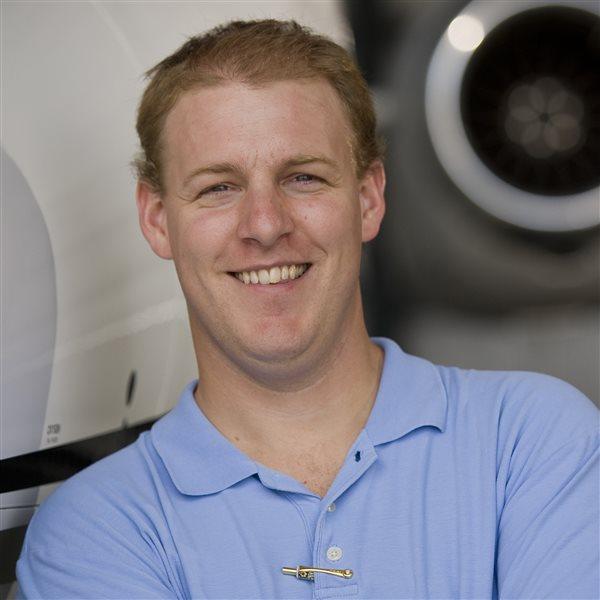Speed with sophistication
Turbonormalizing offers performance with fewer pitfalls

As altitude increases, the density of the air decreases, robbing our engines of power. Given our need for speed, it’s no surprise that people have designed systems to overcome this.
These systems—turbocharging, turbonormalizing, and supercharging—take in ambient air and compress it, giving the engine more power in spite of altitude. The result is sometimes 40 knots higher cruise speed, the ability to outclimb weather, and faster climb rates. The downside? Depending on the application, it can be hard on the engine.
Turbonormalizing seeks to bring all that benefit with none of the drawbacks. By adding an intercooler before the turbine, the compressed air enters the engine at a more reasonable temperature, and by limiting the pressure of the compressed air to nothing more than sea level, stress on the engine is also reduced. If the original engine has a maximum of 31 inches of manifold pressure, for example, so too will the turbonormalizing system. That gives sea-level-like performance up to roughly 20,000 feet without reducing the time between overhaul on the engine.
It’s why airplanes like the Mooney Acclaim Type S can go more than 240 knots at 25,000 feet, a space normally reserved for turboprops.
 Turbocharged
Turbocharged Supercharged
Supercharged


